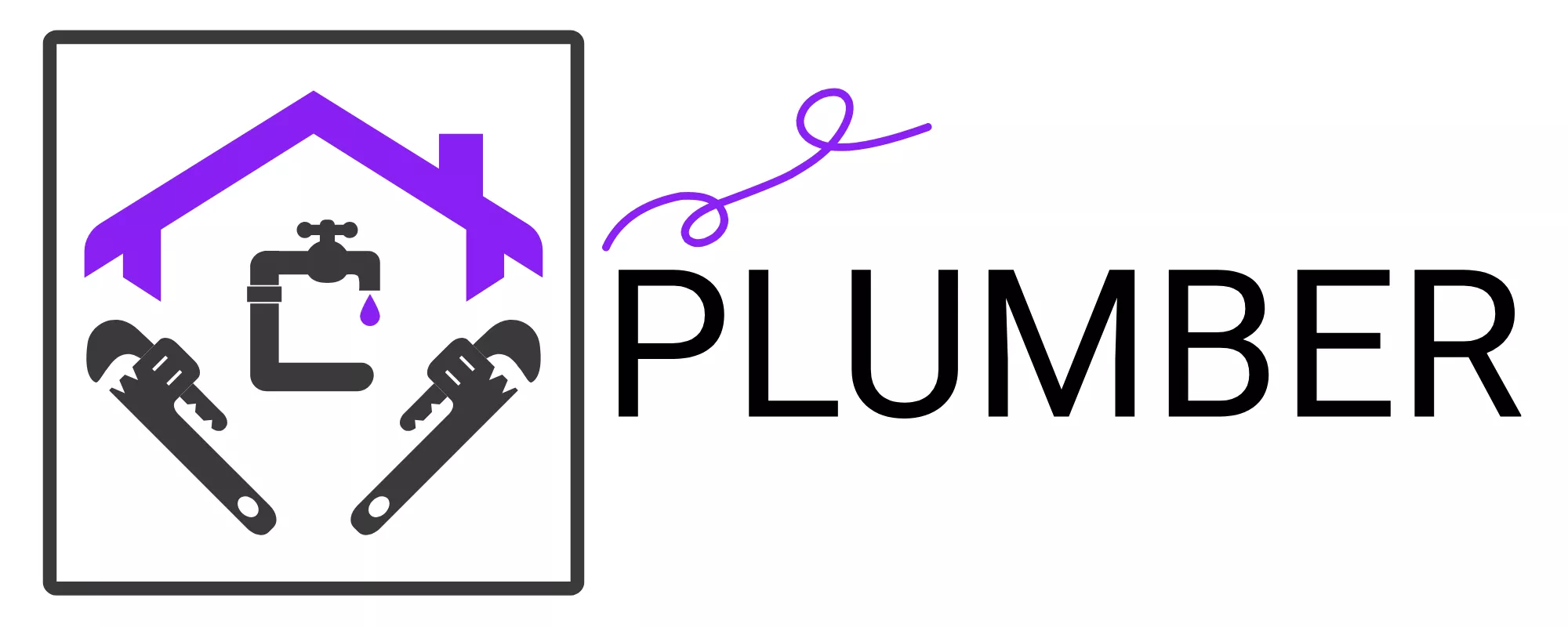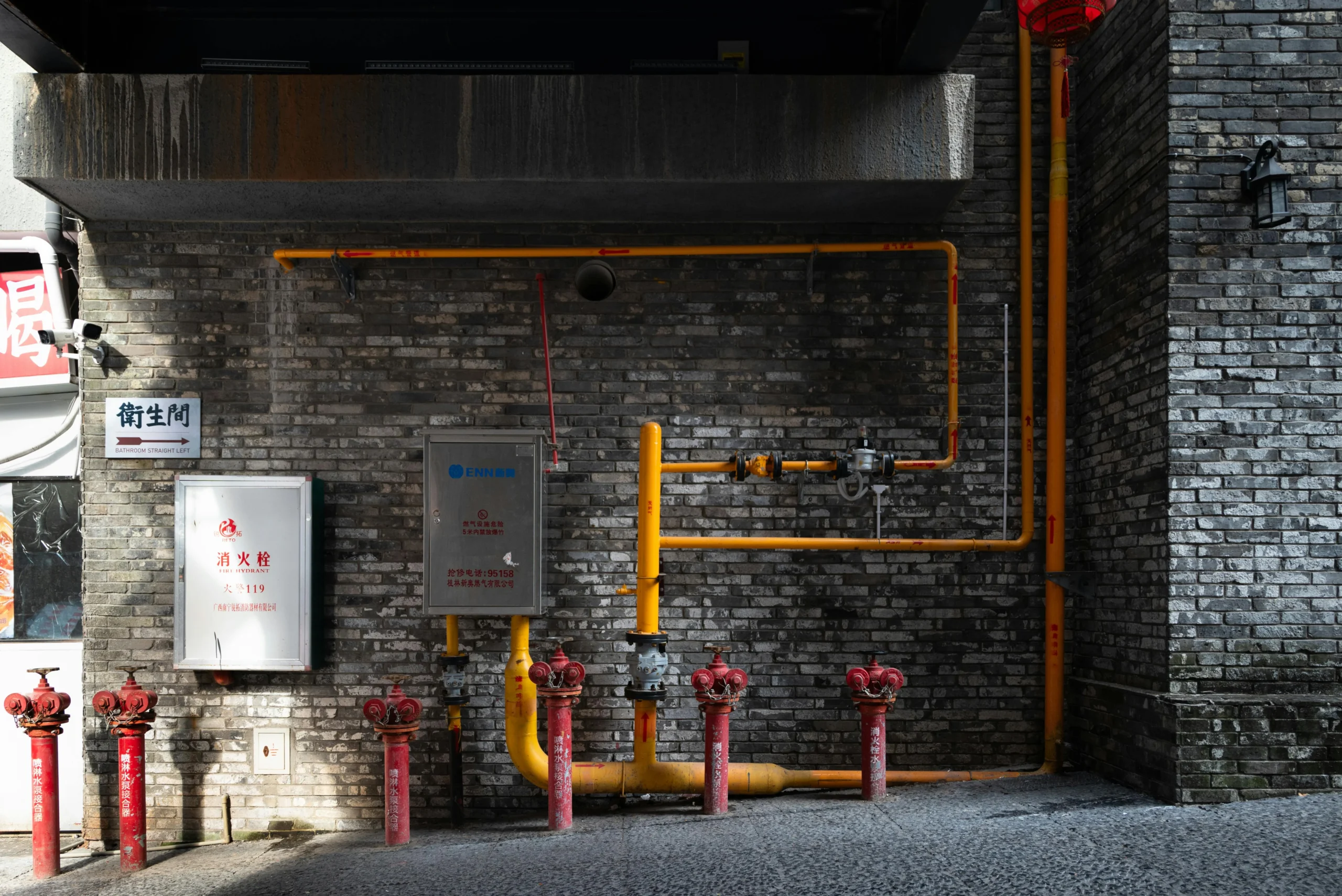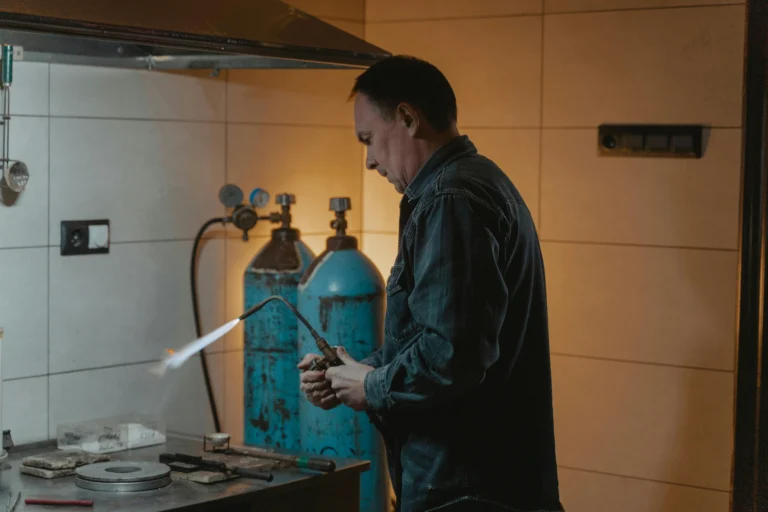Gas Line Installation: A Complete Guide for Homeowners and Businesses
Introduction
Gas is one of the most efficient and cost-effective energy sources for heating, cooking, and powering appliances in both homes and businesses. However, gas line installation is not a DIY task—it requires licensed professionals who understand safety protocols, building codes, and the technical aspects of pipework.
Improper installation can lead to serious hazards, including gas leaks, explosions, or carbon monoxide poisoning. In this guide, we’ll walk through the importance of professional gas line installation, the step-by-step process, the materials used, and how to prepare for a safe installation.
1. Why Professional Gas Line Installation is Crucial
a) Safety
Gas is highly flammable, and even a minor mistake can cause dangerous leaks. Professional installers are trained to ensure every joint and connection is secure and leak-free.
b) Code Compliance
Local building codes and gas safety regulations must be followed. Licensed plumbers or gas fitters ensure your installation is legal, avoiding fines or insurance issues.
c) Proper Sizing
Incorrectly sized pipes can lead to insufficient gas flow, reducing the performance of appliances. Professionals calculate the right pipe diameter based on appliance demand.
2. Common Reasons for Gas Line Installation
- New Home Construction – Setting up a fresh gas supply for heating and cooking
- Appliance Upgrades – Adding a gas stove, fireplace, or water heater
- Outdoor Installations – Connecting gas to BBQ grills or patio heaters
- Commercial Applications – Providing fuel for restaurants, hotels, and industrial equipment
3. Planning Your Gas Line Installation
Before starting, a professional will:
- Assess Your Property Layout – Determining the safest route for the gas pipes
- Identify Appliance Requirements – Calculating total gas demand
- Check Gas Source Location – Deciding where to connect to the main supply
- Obtain Necessary Permits – Ensuring all work meets legal requirements
4. Choosing the Right Pipe Material
Different materials are used depending on the location and application:
- Black Steel Pipe – Durable and common in most gas installations
- Copper Pipe – Flexible and corrosion-resistant (allowed in some regions)
- CSST (Corrugated Stainless Steel Tubing) – Flexible and easier to install in tight spaces
- PVC/PE Pipe – Used for underground gas lines
5. Gas Line Installation Process
Step 1: Site Preparation
The work area is cleared, and existing systems are inspected for compatibility.
Step 2: Pipe Routing
The installer measures and plans the exact path from the gas source to the appliances.
Step 3: Pipe Cutting and Assembly
Pipes are cut to size and joined using approved fittings and sealing compounds.
Step 4: Securing the Line
The gas line is mounted securely to prevent movement or vibration.
Step 5: Pressure Testing
The system is tested under high pressure to detect leaks before connecting appliances.
Step 6: Final Inspection
A certified inspector ensures the installation meets all safety and code requirements.
6. Safety Measures During Installation
- Keep flammable materials away from the work area
- Install a carbon monoxide detector near sleeping areas
- Ensure proper ventilation in spaces where gas is used
- Only licensed professionals should handle gas work
7. Cost Factors for Gas Line Installation
The total cost depends on:
- Length of the Gas Line – Longer lines cost more
- Type of Pipe Material – Steel is usually more expensive than CSST
- Number of Appliances – More connections require more labor and materials
- Permit Fees – Required by local authorities
8. Post-Installation Maintenance Tips
- Schedule annual inspections to detect leaks early
- Avoid DIY modifications to the gas line
- Call a professional if you smell gas or notice appliance performance changes
Conclusion
Gas line installation is a high-stakes job that requires skill, precision, and adherence to strict safety standards. Whether you’re building a new home, upgrading appliances, or expanding your business, hiring a licensed professional ensures your system is reliable, efficient, and safe.
When it comes to gas, there’s no room for shortcuts—professional installation is the only safe choice.


